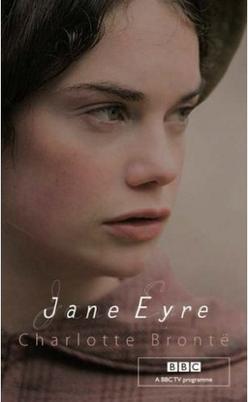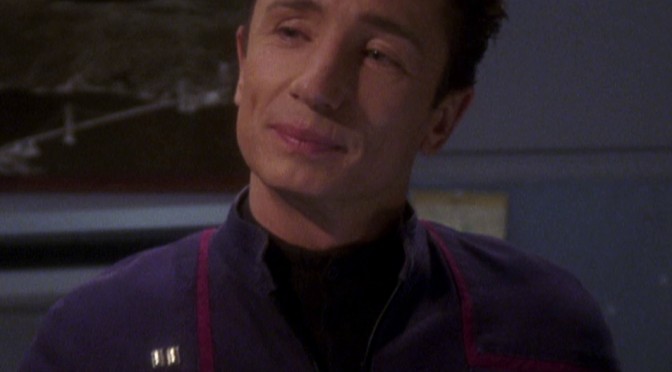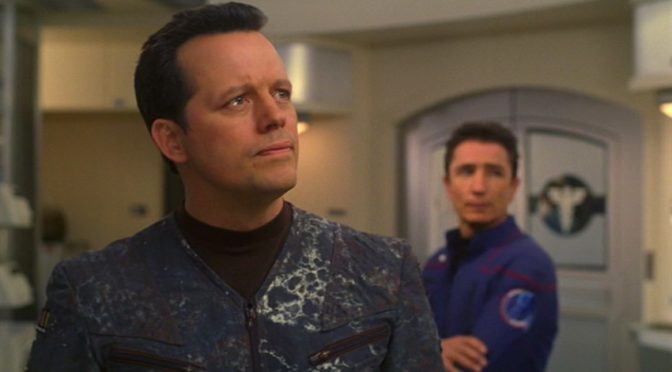Background
I take names seriously, and that’s actually Star Trek canon. A lot of the named characters, particularly the ones who do not have English-style names, have meaningful appellations.

Nyota Uhura
Take Hoshi Sato, for example. The first name means “star”. The surname means “at home”. Hence, she is “at home in the stars”.
There is a similar situation with Nyota Uhura. Nyota means “star” and Uhura means “freedom”. Are all communications officers required to be named Star?
Canon to Fanfiction
For my characters, names have meanings that draw from heritage, repeat in order to show familial relationships, and have meanings unto themselves.
In Between Days
Doug Beckett is so named because Douglas means “dark stranger”, which is exactly what he is – a stranger from the Mirror Universe, first experienced in pitch darkness.
Lili O’Day‘s full name – Charlotte Lilienne O’Day – evokes several themes. Her first name means “free woman” and her middle name is of course a flower. And Malcolm refers to her, in the prime timeline, as Lili-Flower. Her surname sets up the contrast to Doug, for she is quite literally “of the day”.
Malcolm

Malcolm Reed (alternate timeline)
Because the name Malcolm means “a devotee of Saint Columba“, and that is the patron saint of poets and bookbinders, I make Malcolm a gifted poet. The reed (which of course is the lower, non-flowering part of a plant), is evoked as he and Lili, in Together, talk about the flower and the reed, and she assures him that the flower is pretty and all, but the flower can’t live without the reed.
For Melissa Madden, in part it’s a shout-out to future canon character Martin Madden.
Melissa means “honey bee” and she is a rather earthy individual. As for Leonora Digiorno, Leonora means “light” (Malcolm incorrectly refers to her as the Lioness) and Digiorno is the same as O’Day, “of the day”. Her relationships are purely in the day, hence she is solely a daylight character.
Times of the HG Wells
The Wells characters were less name-driven but there are some highlights. Sheilagh and Darragh are both Irish-type spellings, meant to impart a somewhat exotic flavor. HD Avery is really Henry Desmond, with the middle name being a shout-out to Dominic Keating’s first real role, in a British sitcom called Desmond’s. Carmen means “garden”, an offhand joke as the character is a sophisticated urbanite. The characters Tom and Kevin hearken back to the In Between Days series and are meant to show a relationship to that earlier series.
Alien Names
Otra, the half-Witannen character, has a name meaning a small animal, like a mouse. I also used Glyph as the name of a Ferengi, as short nouns are canon for Ferengi names (e. g. Quark and Nog). Von is another Ferengi name, but I grabbed that one from baseball – Von Hayes (yet another shout-out to Steven Culp).
Interphases
For this series, character names have to evoke a time period properly. Rosemary Parker’s name fits in with her birth in the 1920s, whereas Jacob, Benjamin and Dorcas all evoke the 1700s. Jim, the son of Benjamin and Dorcas, is a shout-out to Mark Twain’s Jim character in Huckleberry Finn.
Emergence and Mixing it Up
For both of these series, since there are several aliens, I had to make up names. I meant Skrol to sound a bit like Slar, the only known Gorn name. Etrina, Tr’Dorna and Sophra are all made-up names. I mean for them to sound feminine. Bron is intended to evoke a feeling of brawn.
For Daranaeans, female names end with vowels whereas as male names often (but not always) end with an -s. Prime Wife females, being superior, get names with a soft th- sound in them, such as Thessa, Dratha and Kathalia. This is the th- sound in thistle, rather than in the. The sound, anywhere in the word, means “smell”, with a positive connotation.
Secondaries have somewhat pretty names, often with m- sounds, like Morza and Mistra, but sometimes not, like Cria and Inta. But the younger Inta, a secondary, is named for a last caste female. Third caste females tend to have shorter names, like Darri and Fyra and Cama. The men’s names are all over the place, from Elemus and Arnis to Craethe and Trinning.
Calafans
Calafans love names and meanings so much that it’s a standard greeting to a new person. “What is your name, and what does it mean?” The first time Lili hears this, in Local Flavor, she is a bit appalled. This is because it is a part of a come-on.
Men often get the -wev ending, which means “master of”. Whereas women often get the yi- prefix, meaning “student of”. But the differences are not sexist. With no middle names and no last names, a lot hinges on a name. Plus there can be no repetitions. Therefore, names come from the government. So parents often petition for a name for their baby while the child is still in utero. Names then release upon death. Names without either prefix include Treve (messenger) and Miva (clay).
Upshot
For me, the naming of characters is a deeply person act. Alien names are a great deal of fun to come up with. So I put together sounds I like or that seem to harmonize, and then attach meanings to them. Sometimes a character doesn’t really “click” until he or she gets a name. Then suddenly it all falls into place.












.jpg/292px-Malcolm_Reed_(mirror).jpg?resize=292%2C315)














